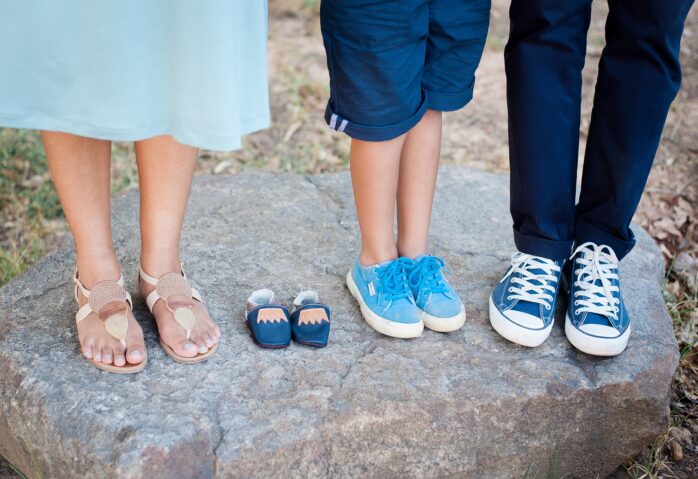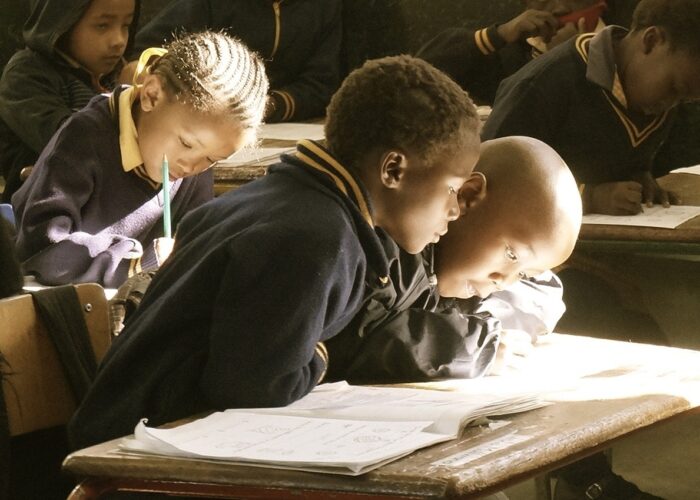Single parents struggle to overcome poverty and social biases, but the statistics and societal attitudes reveal they have an uphill battle.
Some of the news articles about single parents described and linked to in this post are clearly inspiring, but others may surprise and alarm you. They aspire to broaden our perspective and understanding of single parents and their experiences worldwide.
If you have trouble getting to these links, feel free to email me at singleparentandstrong@gmail.com, and I’ll send PDFs of them to you.
Portugal: Population shrank in decade to 2021 but number of households grew 2.6%
An analysis of Portugal’s reduced population based on data in this European country’s 2021 census challenges the inherent family structure pointing to significant changes. The data collected by the National Statistics Institute (INE) reveal that most families are smaller, with more people, particularly single parents, having children outside of marriage or raising children in nontraditional households. INE provided more detail in its news release:
“The number of one-person private households increased by 18.6 percent and the number of four-person private households decreased by 8.8 percent. …
“The average size of private households decreased from 3.7 to 2.5 persons from 1970 to 2021, reflecting new forms of family organization, based on smaller family structures and with new configurations.”
The institute, which collects data on demography, economy, and society, saw an increase in private households in part because of the increase in single parent families. It defines a private household as “a group of persons who have their usual residence in a family dwelling or an independent person occupying a family dwelling.” An analysis of data referred to as an independent person shows that among single parents, the majority are led by women age 65 or older, which also points to the increase in average life expectancy.
Sichuan removes marriage as prerequisite for birth registration amid concerns over population drop
In a break from decades of discrimination against single parents and their children, this Chinese province is expanding benefits to this demographic, with the overarching goal of encouraging people to have children and helping to offset the nation’s population decline. Beginning in mid-February, unmarried individuals in Sichuan who want to have children are allowed to register their births that now qualifies them for parental benefits, including maternity insurance, free prenatal screening tests, and paid leave. However, this tectonic shift in policy may not help trigger that baby boom in China for which it is intended. It in no way acknowledges the cultural bias toward the gender double standard — the prescribed and preferred gender roles of heterosexual men and women — that expects women to raise children and get married.
Study says West Virginians are having way fewer babies
This US state is experiencing one of the highest declines in population in the nation because of its decrease in birth rate. Data from QuoteWizard revealed a trend nationwide in which the majority of US states have been experiencing a drop in their childbirth rate since 2016. West Virginia ranks among the top 10 states where births are declining; in fact, its population has been falling consistently since 2012. The reasons seem to be mainly economical. The living wage in West Virginia is low, and the median wage increase does not match inflation. Many parents, particularly single parents, who are facing the unrelenting costs of raising children, are not sticking around. QuoteWizard is an independent insurance platform where individuals can compare policies.
Child care is unaffordable almost everywhere across the country — and where it’s even pricier, fewer women are employed
When I read this headline, I did a double take. How could child care in the United States be more expensive where fewer women are employed? How could the child care industry make money? How could higher costs motivate both parents to work? Research indicates that there is a link between child care costs and employment rates among women, who comprise the overwhelming majority of single parents. In the article titled “Child care and parent labor force participation,” the study’s brief stated that a “10% increase in median child care prices was associated with 1 percentage point lower county-level maternal employment rates.” And in counties where child care is twice as expensive as the median, maternal employment rates were 4 percentage points lower. This seesaw effect has been blamed on high child care costs and a lack of public investment in this service, factors that have led many women to leave the workforce even if they move to a state with higher wages. Researchers revealed the following:
“Mothers living in states with more expensive child care and less generous subsidies and publicly funded child care programs are less likely to be employed after having children.”
For single mothers, child care is a critical necessity. They easily spend at least a third of their income on child care, more than low-income households with two wage earners. The US Department of Labor’s Women’s Bureau organized the child care prices in each U.S. county and state.
The article mentioned earlier was published in the Review of Economics of the Household in 2016.
South Dakota has a child care problem, but how does it compare to other states?
Even though this US state’s child care situation is better than most, the problems South Dakotan families, particularly those led by single parents, face are getting worse. The US Department of Housing and Urban Development found that South Dakotan families spend a lower percentage of their income on child care, but finding child care is a major obstacle. Unlicensed day care centers comprise a large portion of day care facility in South Dakota, but no data has been collected to determine their exact number. Any child care facility that cares for less than a total of 12 children is not required to be licensed in the state. In addition, nearly half of South Dakotans live in child care deserts where there is a shortage or absence of child care providers altogether. In addition, the pandemic saw an exodus of many child care workers from South Dakota, a trend that is expected to continue because wages in this profession are low in this state.
Tax credits for children and child care touted as helping many Nebraskans
State lawmakers are considering offering tax credits to lure Nebraskans back to the workforce. Legislators heard from numerous parents who quit their jobs because their incomes were too low to finance day care — and fight inflation. In response, lawmakers introduced three bills: a tax credit per child based on the parent’s income to go toward child care costs; a tax credit per child based on family income; and an increase in the earned income tax credit. If passed and signed into law, lawmakers also hope these perks will encourage more people to have children.
Single parents ‘could help fill labor shortage if barriers were removed’
Single parents, particularly single mothers, want to work, but they face significant barriers, according to a report by Gingerbread, an advocacy nonprofit for single parents in the United Kingdom. High child care costs continue to weigh on the finances of single parents who pay a third or more for this critical service. In addition, single parents are twice as likely as parents in couples to want to increase their hours at work, but the former’s unemployment rates are double those of the latter. With a nation in the midst of an employment crisis, a labor shortage could be avoided if single parents received the assistance they need. Victoria Benson, chief executive of Gingerbread, issued this statement in response to this situation:
“If the chancellor genuinely wants to address the UK labor shortage, this government needs to work with employers to ensure more quality part-time and flexible roles are made available and that single parents can access the child care that they need.”
She further stressed that single parents, who make up a third of the UK population, should be high on the political agenda as government officials seek to grow the economy and workforce.
‘Tribe, death, bad character, …’ — How we became single mothers
In Nigeria, becoming a single parent was understood and, for the most part, accepted if the women were raped, widowed or divorced. Now, many people are choosing to be single parents. Most of these lone parents were pregnant at a young age and left to raise the child or children alone and/or abandoned by their partners with whom they were not married or who were scammers. Even though the demographics may be shifting, long-standing prejudices continue. This article shares various personal interviews with single mothers about how and why they chose this path.
On Thursdays, I share a blog about a day in the actual life of a single parent.
My son, Joseph, is currently attending university as a biology major and may write his column titled In My Son’s Words where he describes his experiences as an adult and a child of a single parent.
Twice a month, instead of a personal post, I put together one where I assemble news on and about single parents nationally and globally.
I would love to hear from you! Feel free to send any comments and questions to me at singleparentandstrong@gmail.com. I am also on Twitter @parentsonurown and on Facebook.







very informative articles or reviews at this time.
This is really interesting, You’re a very skilled blogger. I’ve joined your feed and look forward to seeking more of your magnificent post. Also, I’ve shared your site in my social networks!